A Glimpse at Myanmar's Art Scene and Its Pursuit of Knowledge and International Recognition
Mami Kataoka (Chief Curator of the Mori Art Museum)
In September 2014, the city of Yangon in Myanmar became center-stage for Contemporary Dialogues Yangon 2014 - International Festival of Cultures and Arts, a series of conversations, roundtables, and exhibitions that aimed to discover and discuss contemporary art and culture in Myanmar. Mami Kataoka, Chief Curator of the Mori Art Museum, delivered the keynote speech at one of the roundtables and engaged in a dynamic discussion with panelists on the theme of contemporary art in Myanmar. They discussed the art scene's current situation and future prospects against the backdrop of the projected rapid economic growth of the country. Here is an account of her impressions.
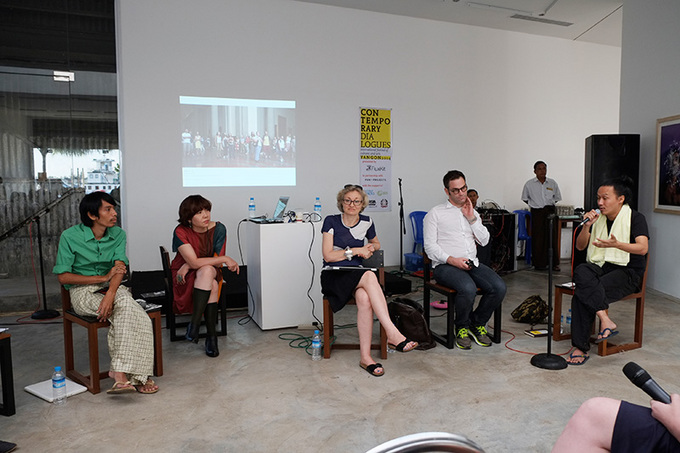
Discussion with panelists on the current situation and future prospects of contemporary art in Myanmar
One of the characteristics shared by all forms of contemporary art is a critical spirit that takes on the realities of the world. By definition, this spirit is sustained by freedom of expression. A government under a military dictatorship or any other social regime that regulates the individual's right of expression naturally results in suppression of the development of contemporary art. Under such conditions, activist movements that fight for democratization have similar ambitions to the spirit of contemporary art. In an environment of severe censorship and restrictions, we witness the development of performances and other ephemeral means of expression as well as underground art forms. On the other hand, in societies newly liberated from colonialism, political dominance, or dictatorship, it rapidly becomes possible to open a dialogue on issues such as the concept of an ideal community, national awareness, and identity, against the backdrop of movements for new nation building.
Myanmar made the transition to civilian rule in 2011 and the National League for Democracy, the main opposition party, soon rose to power in 2012. In that context, my visit to Myanmar was also an opportunity to fully experience the reality of this new society which is advancing democratization and economic reforms backed by support from the Japanese government for economic development and cultural exchange. During my visit, I had the chance to witness the nascent activities of Myanmar's new contemporary art scene and the issues faced by individual artists.
The invitation to Contemporary Dialogues Yangon gave me a unique opportunity to study the situation in Myanmar, but since my visit was relatively short, I must admit that the results I achieved are limited. However, my findings are definitive. Contemporary Dialogues Yangon is organized by Flux Kit, an initiative of two young Italians, Ilaria Benini and Thomas Nadal Poletto, with the support of government-funded institutions from various countries, such as the Institut Français (France), the Goethe-Institut (Germany), and the Japan Foundation Asia Center. The theme of the event examined how to position Myanmar's contemporary art in a global context as the country strives to rebuild its international relationships. If we look back Japan in the late 19th century, the Meiji Restoration triggered the movement for modernization and westernization and since then we have continued to pursue internationalization. For many Asian countries, independence from colonial rule and movements for modernization after World War II developed in conjunction with the pursuit of international recognition. Today, Myanmar is facing similar issues.
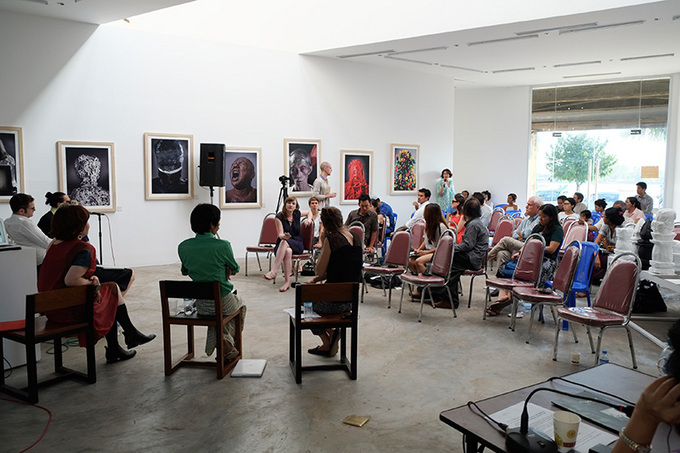
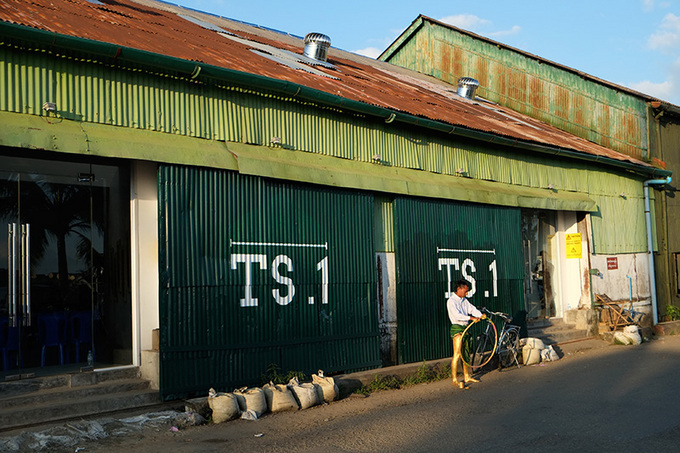
TS1 Gallery, the venue of the event
The global contemporary art community is paying close attention to the rapidly developing economies of Southeast Asia, and the art scene of Myanmar is no exception. Over the past few years, artists from Myanmar have been introduced at the Singapore Biennale 2013, which focused on issues of contemporary art in Southeast Asia, and at No Country: Contemporary Art for South and Southeast Asia, organized by the Guggenheim Museum. In addition, Mobile Library: Myanmar, a project by the Hong Kong-based Asian Art Archive, will run in Yangon from November 2014 through March 2015. The Fukuoka Asian Art Museum has been introducing artists from Myanmar on numerous occasions since its inaugural show to the most recent exhibition, the 5th Fukuoka Asian Art Triennale in 2014. In 2012, the museum also held Contemporary Asian Artist VI: Freedom in Blossom! Gangaw Village and Experimental Art in 1980s Burma, an exhibition of works by a group of artists that has been challenging the situation in Myanmar since 1979 throughout the military dictatorship era.
I learned that until two years ago, every time an exhibition was to be held in Myanmar, the prospective works were censored. Even a simple portrait of a woman could be banned from exhibitions if it had any resemblance to Aung San Suu Kyi. In some cases, a rejection notice was stamped directly on paintings. The artists I met during my visit claimed that democratization has advanced rather slowly under the rule of the new government, which has inherited many of the vested interests of the military dictatorship, and that true freedom is still a dream for the future. There were also artists who said that they saw no hope of ground-breaking changes. They said that because some of the newly-established galleries had deep connections with the former military regime, truly free political expression was still impossible. Many of these artists are self-educated. Due to limitations on information sharing by the old military regime, many of them had to learn through whatever visual culture they could find, ranging from calendars advertising pharmaceutical products to magazines such as TIME that they found in the libraries of foreign embassies. A sense of isolation from the international community and information which continued for a half century since the 1960's still remains deeply rooted in society.
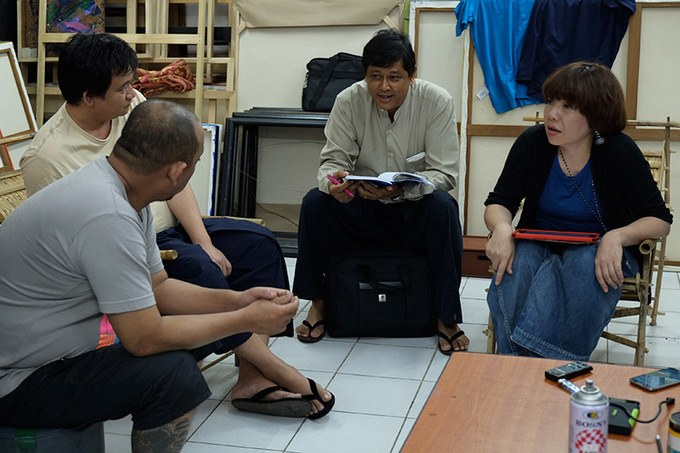
At Studio Square
As I spoke with the artists, the word I heard time and again was "education." I first heard it from Po Po, a conceptual artist born in 1957 whose art has evolved from painting to installations since 1980. When I asked him what Myanmar's contemporary art needed the most, his immediate response was "education." Aye Ko, an artist born in 1963 who serves as the leader of New Zero Art Space, gives priority to the implementation of free art workshops and seminars over exhibitions and the sale of artworks. Nge Lay, an artist of the younger generation who was born in 1979, is engaged in continuous research in Rakhine State. She has exhibited works at the Singapore Biennale 2013 inspired by the educational gap between the urban and rural areas of Myanmar. The thing they all have in common is a firm hope for Myanmar's future as the country embarks on the path to development, as well as faith in its next generation. I felt from them a powerful energy driven by a thirst for knowledge and international recognition. The waves of the art market reach Myanmar faster than the waves of education and art museum institutionalisation. How will the country's art scene advance and develop under these circumstances? Thinking about these issues made me realize the compelling necessity to consider similar issues in Japan's art scene.
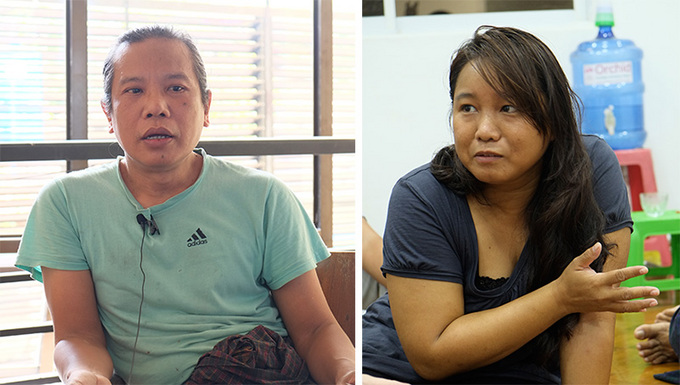
Po Po (left) and Nge Lay (right)
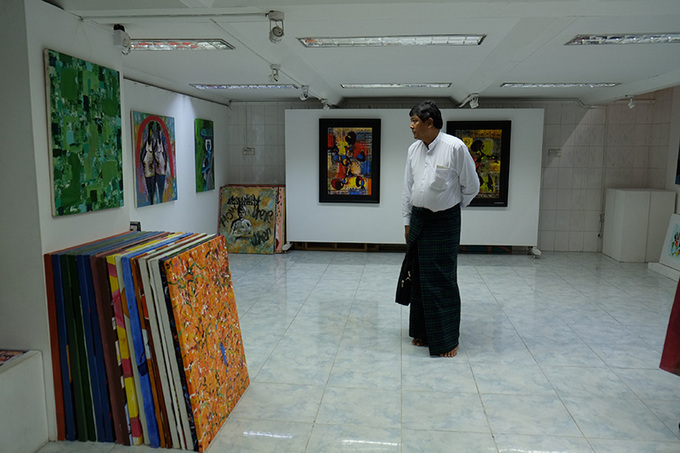
New Zero Art Gallery
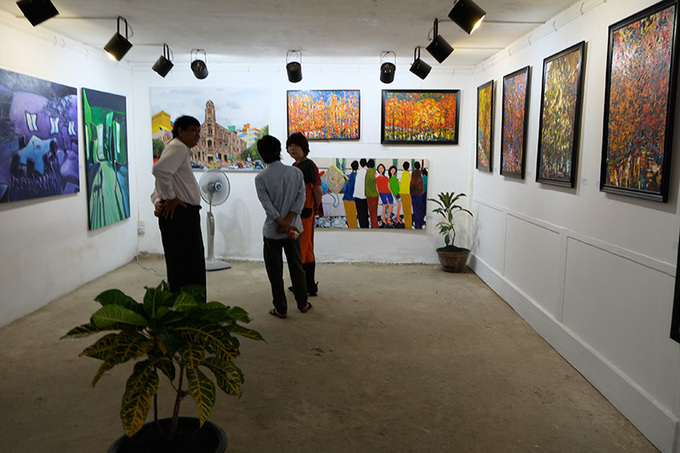
Think Gallery
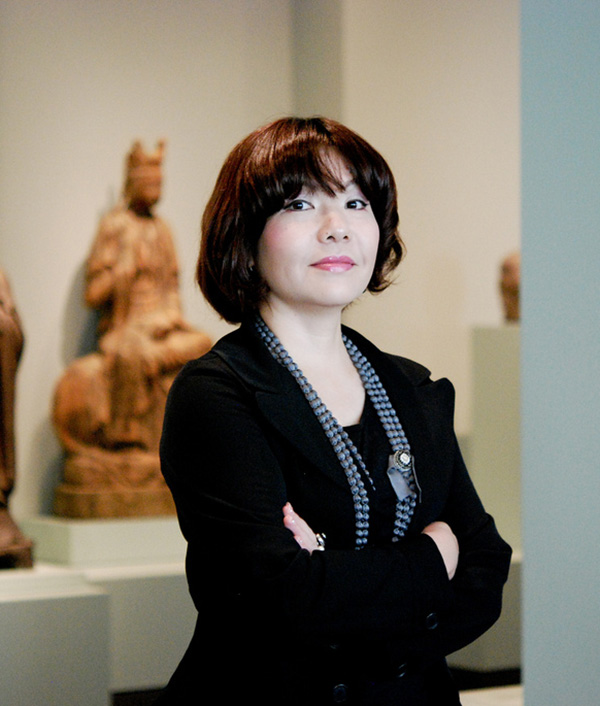 Mami Kataoka
Mami Kataoka
Chief Curator of the Mori Art Museum since 2003. From 2007 to 2009, Kataoka joined the curatorial team at the Hayward Gallery, London as an international curator. In 2012, Kataoka served as a Co-Artistic Director of the 9th Gwangju Biennale and guest curated Phantoms of Asia: Contemporary Awakens the Past at the Asian Art Museum of San Francisco. Presently she is a board member of the International Committee for Museums and Collections of Modern Art (CIMAM) and a member of the Guggenheim Museum Asian Art Council.
(Photo: Jennifer Yin)
Keywords
- Arts/Contemporary Arts
- Politics
- Education/Children
- History
- Japan
- Myanmar
- Yangon
- Mori Art Museum
- Flux Kit
- Institut Francais
- Goethe-Institut
- Japan Foundation Asia Center
- South-east Asia
- Asia
- Singapore Biennale 2013
- Guggenheim Museum
- Asian Art Archive
- 5th Fukuoka Asian Art Triennale
- Aung San Suu Kyi
- TIME
Back Issues
- 2024.11. 1 Placed together, we …
- 2024.5.24 The 50th Japan Found…
- 2024.5.24 The 50th Japan Found…
- 2024.2.19 Movie Theaters aroun…
- 2024.2.19 Movie Theaters aroun…
- 2023.4.24 The 49th Japan Found…
- 2022.10.24 Inner Diversity <2> …
- 2022.10. 5 Living Together with…
- 2022.6.13 The 48th Japan Found…
- 2022.6. 3 The 48th Japan Found…

